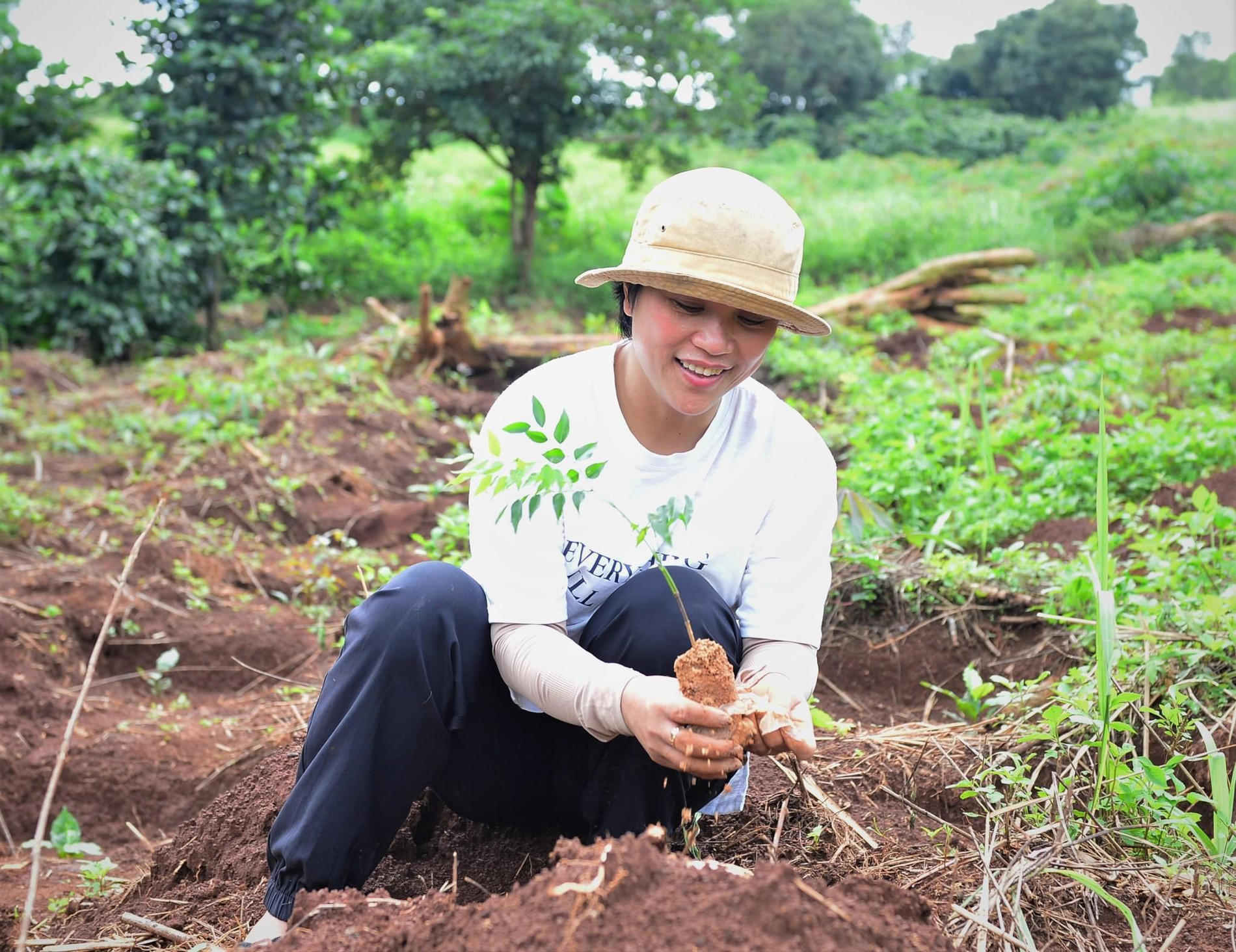
A seminar on updated information about the carbon market from coastal forest ecosystems was held August 22 by the HCM City Agriculture and Forestry University, CIFOR (Center for International Forestry Research) and the Environment Institute at the University of Adelaide.
Pham Thu Thuy, PhD, from University of Adelaide, said the five biggest carbon credit buyers are Switzerland (15 percent), the US (6 percent), Germany (3 percent), the Netherlands (3 percent) and France (3 percent).
As many as 58 countries are recognized as the biggest carbon credit sellers, including Kenya and Uganda in Africa; Peru, Columbia, Brazil in Latin America; Indonesia, China, India and Myanmar in Asia pacific. The average price is $11.2 per ton in the global market.
Thuy believes that Vietnam has great advantages in carbon credit trade, including a stable political regime. Also, Vietnam has high value carbon market potential and ranks 16th in the world in terms of biodiversity. Meanwhile, about 25 million people live on forestry.
“Vietnam currently has mangrove forests and terrestrial forests, where various types of projects, such as forest planting and replanting, REDD+ (Reducing emissions from deforestation and forest degradation in developing countries), and sustainable forest management improvement. Vietnam also plays an important role in the supply chain in the carbon market,” Thuy said.
Vu Tan Phuong from Vietnam Forest Certification Office reported that Vietnam has 150,000 hectares of mangrove forests, 80 percent of which are located in the south. Tidal flats are large, mostly in the Red and Mekong River Deltas. There are 15,673 hectares of seagrass, mostly found on Phu Quoc Island.
However, Phuong pointed out that Vietnam is facing a great challenge – the lack of a legal framework and unclear guidance about investment, carbon rights, profit sharing and a cooperation mechanism between ministries, branches and localities, and regulations on carbon credit registration and commercialization. There also exist shortcomings in technical capability in implementing forest carbon projects.
Tran Dinh Ly, PhD, Vice Rector of the HCM City Agriculture and Forestry University, said studies have found that mangrove forests and coastal wetlands have a carbon absorption capability much higher than other ecosystems, especially tropical forest. However, the green carbon market from ecosystems still has not been exploited in a large scale.
With the great potential in minimizing the impact by climate change, coastal ecosystems are catching attention from many investors in the global carbon market.
Vietnam has laid down policies to protect, expand and improve the quality of coastal forests and ecosystems. The government has set high goals for the forest carbon market development, including green carbon, to create a sustainable financial regime. These are the great advantages of Vietnam.
Tam An